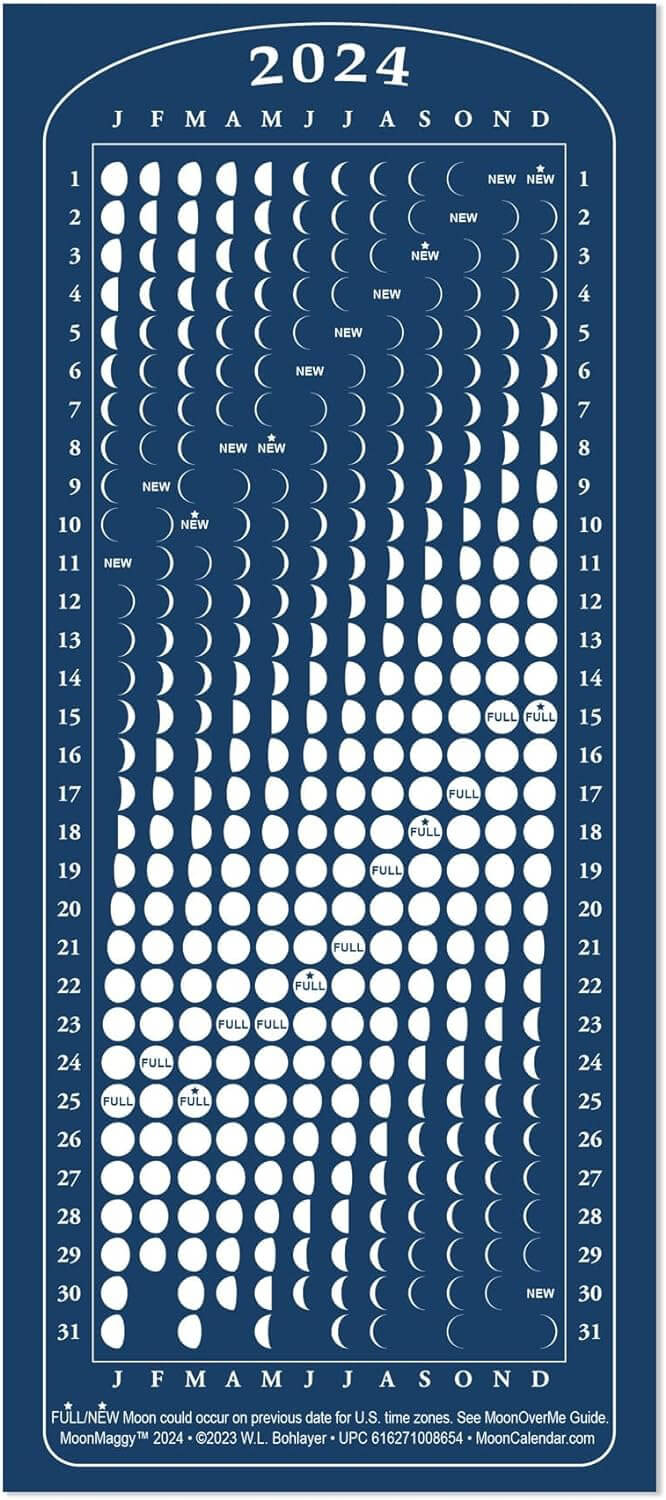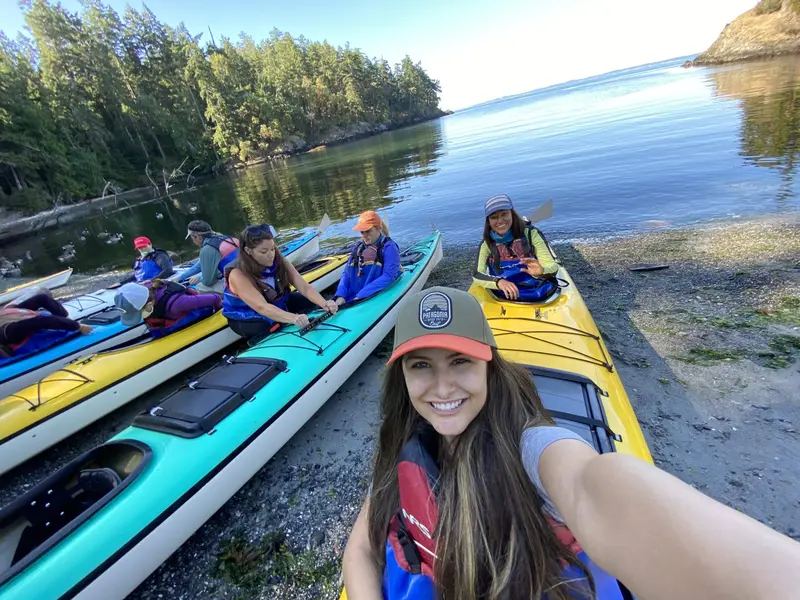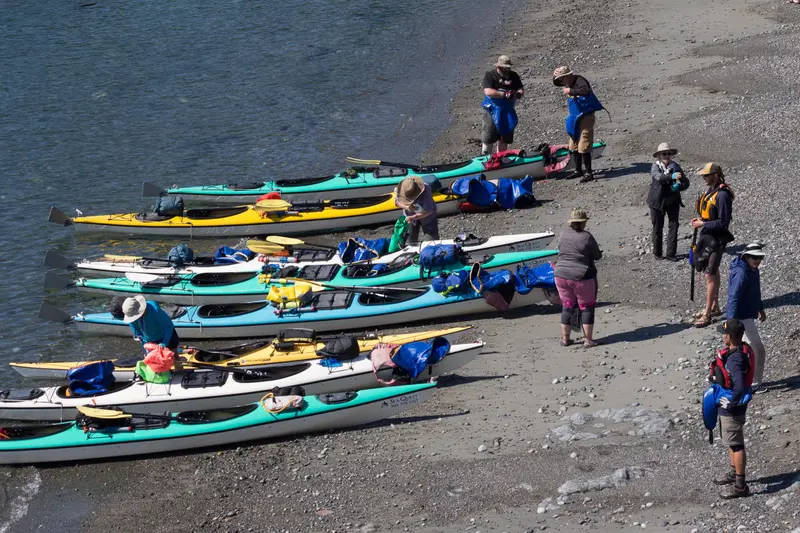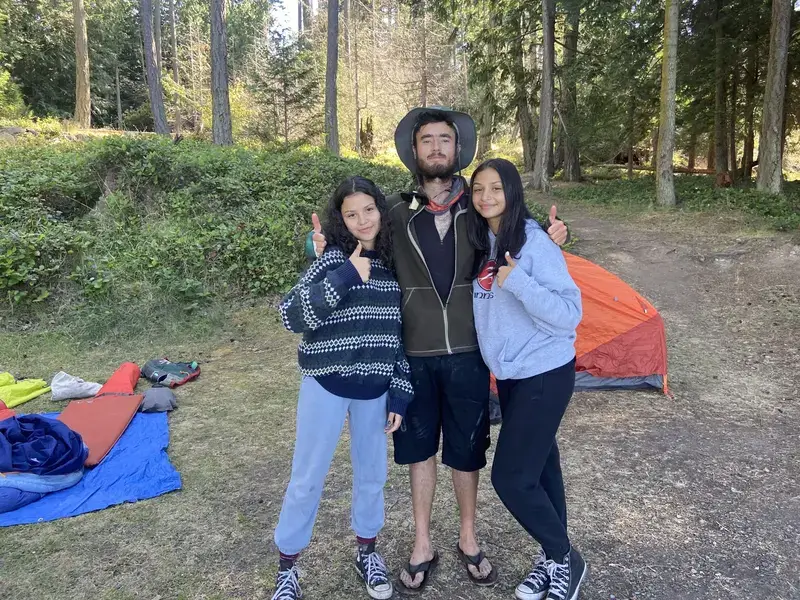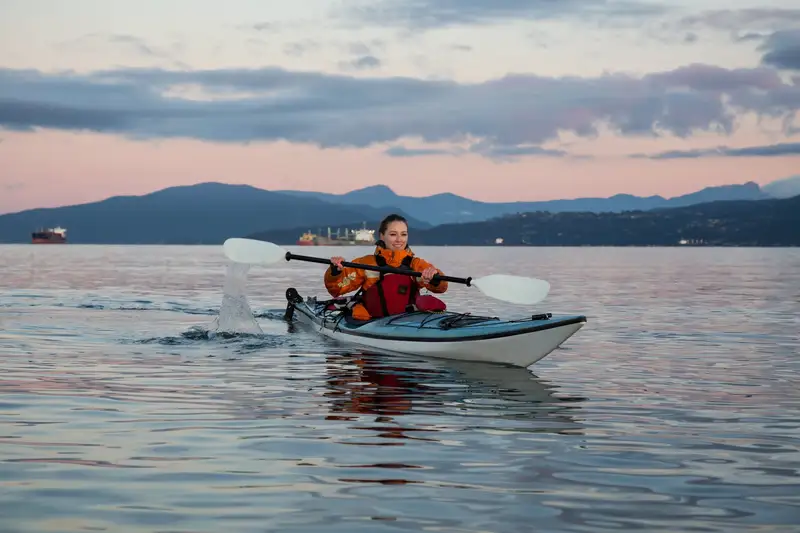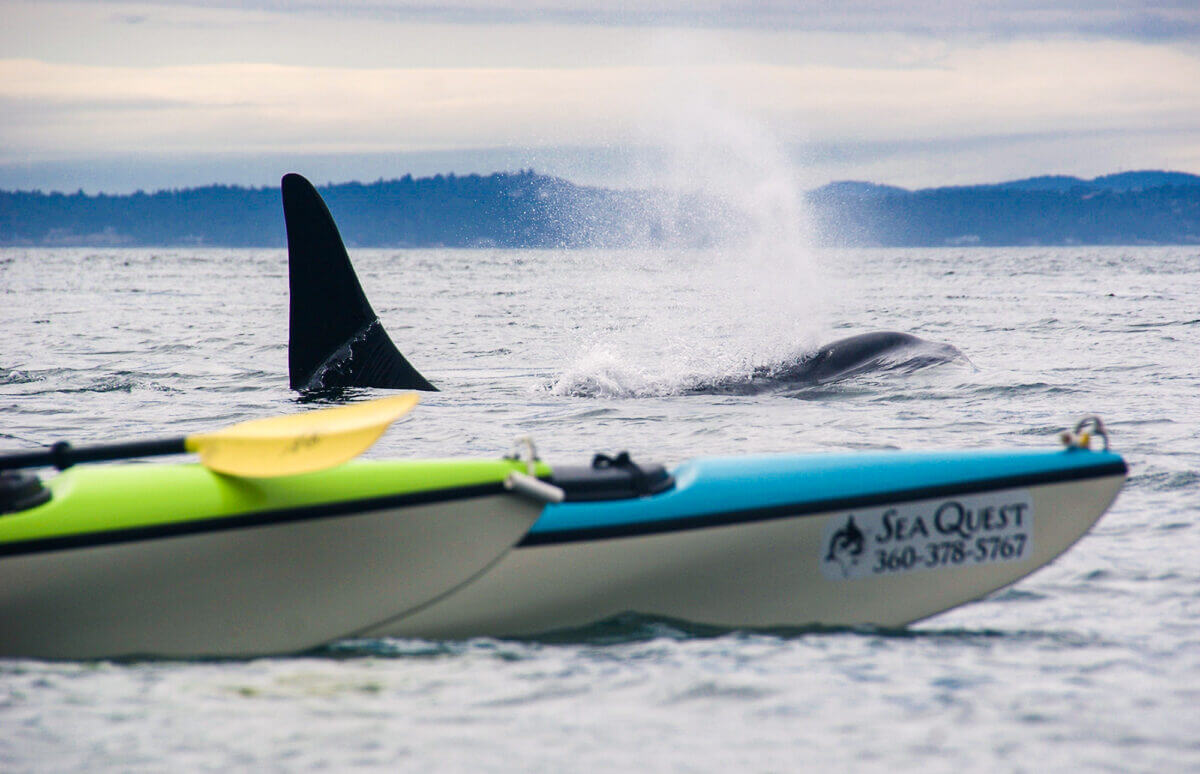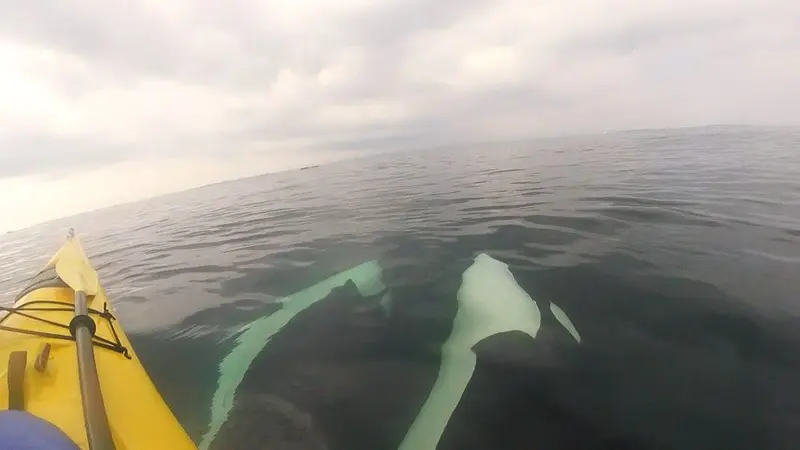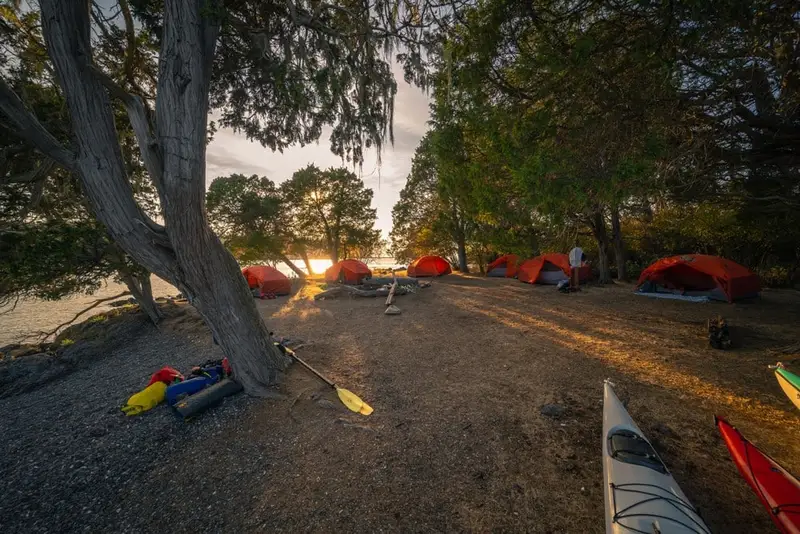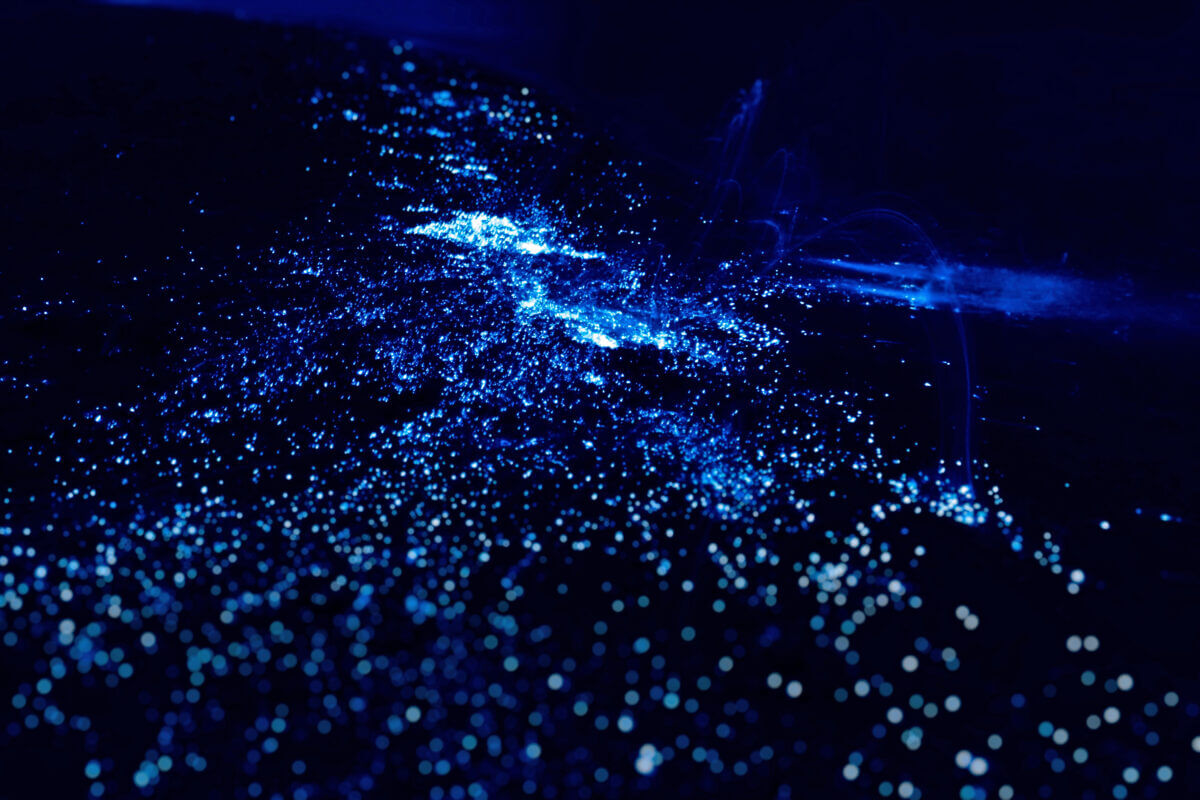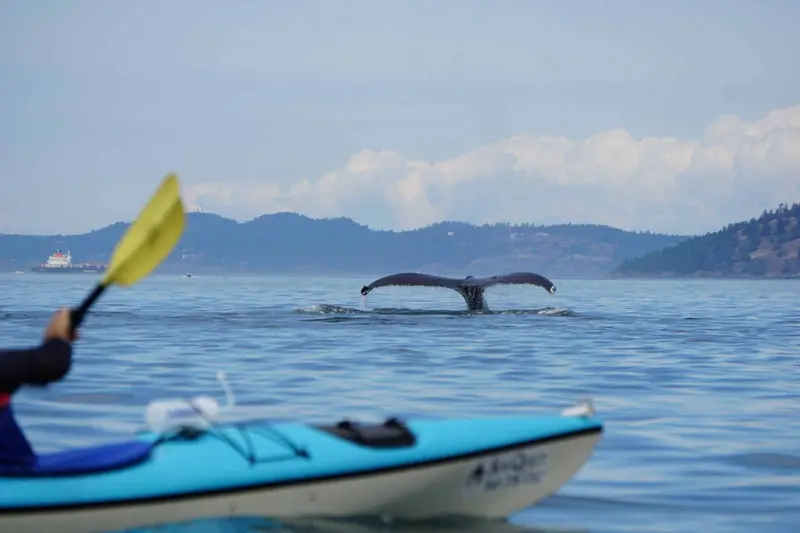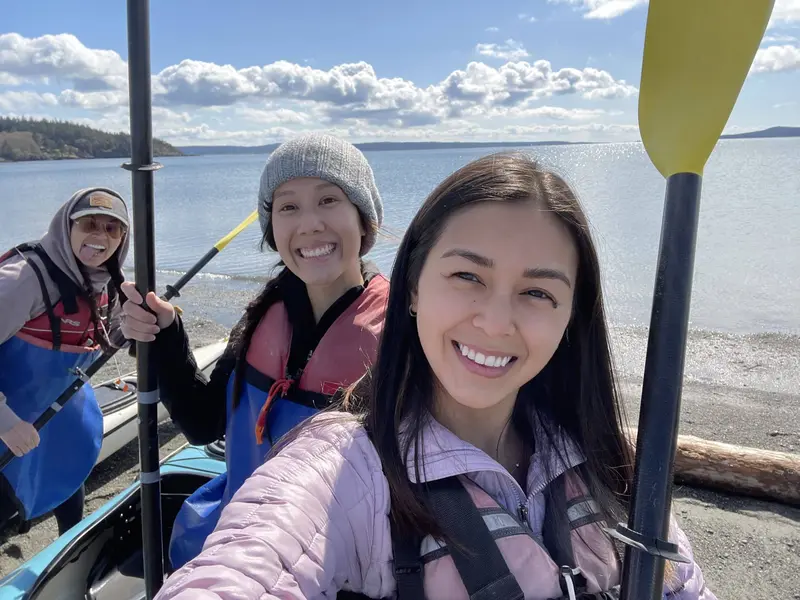BIOLUMINESCENCE & MOONLIGHT KAYAK TOURS SAN JUAN ISLAND
San Juan Sea Kayaking
WHY CHOOSE SEA QUEST FOR YOUR BIOLUMINESCENCE KAYAK TOUR ON SAN JUAN ISLAND?
Best location for kayaking with bioluminescence near Seattle!
A magical glowing light show you won’t forget any time soon.
We make night kayaking a safe, fun and accessible experience!
Stay warm and dry on the water - even while kayaking at night! Our best in class equipment will ensure your comfort.
Best bioluminescence kayak tour display in Washington State
Highest safety standards for any company operating kayak tours at night in the San Juan Islands
Highest quality equipment of any kayak bioluminescence tour in Friday Harbor.
The best quality guides in the San Juan Islands with the most training on where to find bioluminescence in a kayak.
Come Experience the Magic!
Ready to Start Your Adventure?
BIOLUMINESCENCE KAYAKING TOURS IN THE SAN JUAN ISLANDS
Sea Quest offers bioluminescence kayaking tours in the San Juan Islands every night. No prior experience is required to join our bioluminescence kayak tours which offer you a chance to enjoy some of the finest light shows that nature provides! Beneath our kayaks, the fertile waters of the San Juan Islands support plankton that produces sparkling lights. And in the sky above, our rain-shadow shields away clouds to create the clearest nights anywhere in western Washington. We are certain that kayaking in bioluminescence is an experience you’ll never forget!
BIOLUMINESCENCE NIGHT KAYAKING TOURS IN THE SAN JUAN ISLANDS
Sea Quest’s bioluminescence night kayaking tours in the San Juan Islands are offered daily after dusk. Our knowledgeable kayak guides will take you out to explore the beauty of our coastal waters in the evening. You’ll have a chance to see amazing array of organisms that produce or reflect light, including plankton, jellyfish, and shrimp. Book a bioluminescence night kayaking tour with Sea Quest to experience one of the great wonders of nature!
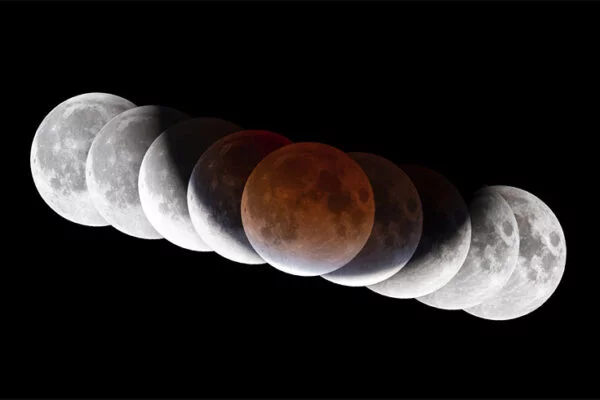
IS NIGHT KAYAKING IN THE SAN JUAN ISLANDS DANGEROUS?
Night kayaking in the San Juan Islands is accessible to anyone with an adventurous spirit and is incredibly safe. No experience is necessary to join a guided night kayak tour with us. In fact, many of our guests in the San Juan Islands experience kayaking for the very first time at night with Sea Quest. Our expert night kayak guides manicure a safe, educational and entertaining tour. In no time you will be comfortably paddling in the safest waters with the highest densities of phytoplankton and the greatest chances of seeing vibrant bioluminescence! Don’t miss your chance to experience a night kayak adventure with Sea Quest!
HOW DO I CHOOSE A DATE FOR MY BIOLUMINESCENCE KAYAK TRIP IN FRIDAY HARBOR?
Bioluminescence and the lunar cycle have a strong relationship. A bright full moon will make the glowing organisms seem dimmer. Oppositely, a dark new moon will allow the full glory of bioluminescent organisms to shine! The “in-between” phases of the lunar cycle offer moderate displays. To increase your chances of seeing a good bioluminescence display on your kayak trip with Sea Quest, use the lunar calendar on this page and select a date with a darker moon. If you want to see a partial moon, the best time to do so is during the third quarter phase. This is when the moon is waning and rises later at night. The first quarter moon rises well before the sun sets, so it is not as visible.
WHAT DATES ARE BEST FOR BIOLUMINESCENCE KAYAK TOURS ON SAN JUAN ISLAND?
June, July and August are best due to plentiful sunlight and warmer surface waters. But there is still the potential of seeing displays in late spring and early fall.
WHAT LUNAR PHASES ARE BEST FOR STAR-GAZING & BIOLUMINESCENCE?
- March 2-15
- April 2-15
- May 1-15, May 30
- June 1-14, June 28-30
- July 1-13, Jul 28-31
- August 1-12, August 26-31
- September 1-10, September 24-30
- October 1-9, October 25-31
WHAT LUNAR PHASES BEST ARE FOR ROMANTIC MOONLIGHT KAYAK TOURS?
- March 16-31
- April 1, April 16-30
- May 16-29
- June 15-27
- July 14-27
- August 13-25
- September 11-23
- October 10-24
TRIP DETAILS FOR THE BIOLUMINESCENCE KAYAK TOUR FROM SAN JUAN ISLAND
Duration
3 hours
Group Size
All Group Sizes
Age Range
All Ages
Activity Level
Beginner Friendly
Starting From
$139
Departures
Every Evening Every Day
Location
San Juan Islands, WA
RATED 4.7/5
(437 Reviews)
- Schedule: Bioluminescent Kayak Tour offered daily
- Trip Fee: $139 per person plus 8.3% state tax & $10 government launch fee. On rare dates, the fee is $159 due to limited resources, and this will be noted in the online reservation system.
- Meeting Place: Friday Harbor, San Juan Island. Look for our van and kayak trailer in the traffic circle adjacent to the Friday Harbor Ferry Terminal.
- Meeting Time: Bioluminescence kayak trips usually begin at sunset. Note that the trip start times in our reservation system vary with seasonal daylight hours. Our online reservation system will indicate the exact meeting time if you enter a specific date. If the times don’t work for you, we may be able to change them to meet your needs so feel free to ask!
- Itinerary: Our shuttle van takes you to the launch beach. The drive takes between 5 to 25 minutes. We provide a one hour kayak lesson on the beach. This lesson familiarizes everyone with the basic skills before we launch the sea kayaks in the dark. We then explore for about 1½ hours, covering 1 to 2 miles during the kayak adventure. We will paddle at a leisurely pace in search of good areas. If we find a rich spot we will float there to soak in the experience and look for the glowing outlines of fish of and seals. Remember to bring a headlamp or flashlight but turn it off to enjoy the bioluminescence!
- Finish Time & Place: Friday Harbor Ferry Terminal; 3 hours after we pick you up.
- Total Time: Approximately 3 hours from meeting your guides to finish. Be aware that our weather, winds or currents can occasionally delay us!
WHAT IS BIOLUMINESCENCE?
Bioluminescence is a biological light display that produces no heat. It is created by special protein, and enzyme combinations found that evolved in organisms ranging from fungi to fish. Some objects emit light in a single color, while others can produce a rainbow of colors.
In the sea, most bioluminescence is produced by plankton – organisms that drift on the currents. These include pulsating “jellyfish,” clusters of salps, and even masses of mating marine worms! utmost dinoflagellates are bitsy organisms that use the sun for energy during the day. At night, they produce sparkles of light when disturbed by the movements of fish, seals, kayaks, and swells.
WHY DOES BIOLUMINESCENCE EXIST?
One theory for why bioluminescence occurs is called “The Enemy of my Enemy is My Friend hypothesis.” When a bloodsucker moves in, these organisms release light, which has the implicit to illuminate a different target for the bloodsucker to eat rather. Or the predator itself could be illuminated and be eaten by a larger one! Jellies may use their light to attract prey light moths to a candle. Others, such as nerius worms, use their glow to attract mates – very sexy!
IS BIOLUMINESCENCE THE SAME THING AS PHOSPHORESCENCE?
Bioluminescence is a strictly biological phenomenon. Phosphorescence also produces no heat but differs by releasing light absorbed by a chemical process. The reason you may hear some people use the wrong term is that soldiers in World War II saw light in the sea of the same color as their phosphor tracer bullets. Not knowing any biology, they mistakenly called it “phosphorescence,” and the improper name stuck for decades afterward.
REVIEWS




Frequently Asked Questions
Is it safe to kayak at night?
Yes! Even though we are paddling in the dark, kayaking at night with Sea Quest Kayak Tours is still incredibly safe. We make sure everyone brings or is provided with headlamps so we can stay in visual communication at all time. Furthermore, our guides are able to navigate because they are familiar with the shorelines of the area and stay within a protected bay. Even in very dimly lit conditions they will ensure you stay with the group and enjoy the bioluminescence.
What can I expect to see on a bioluminesence kayak tour?
Our kayak tours are always different with a diversity of visual display seen on our tours. Sometimes the bioluminescence is so thick it appears like a magic glowing carpet on the surface of the water. At other times through the year bioluminescence simply sparkles fantastically in lower densities.
In addition to bioluminescence we will sometimes see the following creatures glowing in the water:
- dock shrimp
- jelly fish
- ctenophores
- porpoise
- seals
- and even orca whales!
What Is Bioluminescence?
Bioluminescence is a biological light display that produces no heat. It is created by special protein and enzyme combinations found that evolved in organisms ranging from fungi to fish. Some glow continuously while others can carefully control their light in unique displays.
In the sea, most bioluminescence is produced by plankton – organisms that drift on the currents. These include pulsating “jellyfish”, clusters of salps, and even masses of mating marine worms!
The largest majority, though, are microscopic creatures that use sunlight for energy during the day.
By night they release sparkles of light when disturbed by the movements of fish, seals, kayaks and waves.
Why Does Bioluminescence Exist?
One theory for why bioluminescence occurs is called “The Enemy of my Enemy is My Friend hypothesis”.The way it works is that by releasing light when a predator gets closer, they have a chance of illuminating an alternative target to be devoured. . Or the predator itself could be illuminated and be eaten by a larger one! Jellies may use their light to attract prey light moths to a candle. Others, such as nerius worms use their glow to attract mates – very sexy!
Is Bioluminescence the Same Thing as Phosphorescence?
Bioluminescence is a strictly biological phenomenon. Phosphorescence also produces no heat, but differs by releasing light that was absorbed by a chemical process. The reason you may hear some people use the wrong term is because soldiers in World War II saw light in the sea of the same color as their phosphor tracer bullets. Not knowing any biology, they mistakenly called it “phosphorescence” and the improper name stuck for decades afterwards.
How do I Choose a Date for My Bioluminescence Kayak Trip in Friday Harbor?
Bioluminescence and the lunar cycle have a strong relationship. A bright full moon will make the glowing organisms seem dimmer. Oppositely, a dark new moon will allow the full glory of bioluminescent organisms to shine! The “in-between” phases of the lunar cycle offer moderate displays. To increase your chances of seeing a good bioluminescence display on your kayak trip with Sea Quest, use the lunar calendar below and select a date with a darker moon. If you must pick a date with a partial moon, go when the moon is in the “third-quarter” of the cycle. The moon is waning (becoming smaller) and rising later at night at this time. The “first-quarter” moon is waxing (expanding) and rises well before the sun sets.
What are the best dates for Bioluminescence Kayak Tours on San Juan Island?
Because of the abundant sunlight and warmer surface waters, the months of June, July, and August are ideal. However, there is still a chance of discovering displays in late spring and early fall.
Best dates for star-gazing and bioluminescence:
- March 15-27
- April 13-26
- May 12-25
- June 10-24
- July 10-23
- August 8-22
- September 6-21
- October 6-20
Best dates for romantic moonlight kayak tours:
- March 4-10
- April 3-9
- May 2-8
- June 1-7 + 30
- July 1-6 + 29-31
- August 1-4 + 28-31
- September 1-3 + 26-30
- October 1-2 + 25-31
GEAR LIST
We provide the following:
Sea kayaks, all related sea kayaking trip gear, safety equipment, transportation to and from Friday Harbor and the launch beach, instruction and expert guides.
What you need to bring:
Suitable clothing and footwear for the beach, water bottle, HEADLAMP. Bring a warm sweater and rain jacket if windy or rainy. Click prepare for a San Juan Islands kayak tour for some tips.
MAPS & ROUTES
PLEASE NOTE:
Bioluminescence cannot be guaranteed. It can be suppressed by heavy winds or clouds that day. Views of the moon and stars may be obstructed by clouds, although these are rare July-September.
Our tours end well after dark. Make sure you book accommodations ahead of time for after your tour. The ferry system usually doesn’t run late enough to leave the island after your tour.
National Geographic chooses our San Juan Islands Kayaking tours in “10 Best Trips in the World for 2011.”

Sea Quest Kayak Tours is on ABC News! See us Kayaking with Orca Whales in the San Juan Islands.

San Juan Islands Kayaking Trips in Killer Whale Waters of Washington – a World’s Top 10 Adventure Bargain!

San Juan Island Kayaking Trips in Orca Whale Waters in Washington State – Selected as a Top 20 American Adventure!


